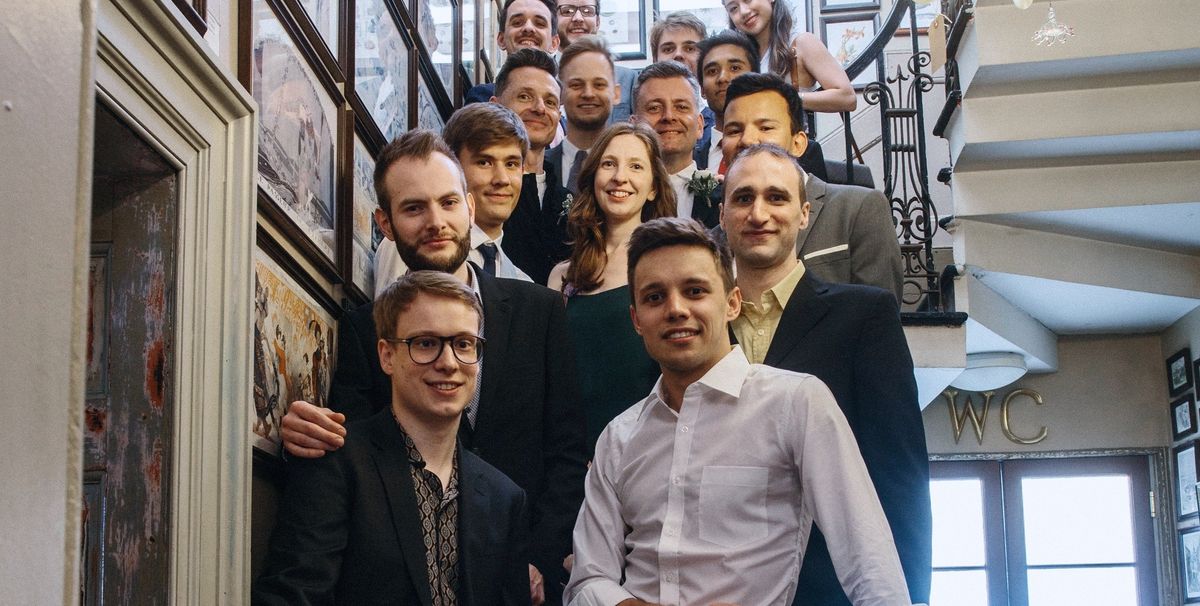Art is one of the few markets to have resisted migration online, but there are signs this is now changing. Among them the rapid growth of Artlogic, the London-based technology company that designs and builds databases and websites for galleries, collectors and artists.
This month, the firm is announcing its formal expansion in the US, adding Marian Goodman, Gagosian, Paul Kasmin, Elizabeth Dee, the Marciano Art Foundation and Jackson Fine Art to its burgeoning roster of clients. The Artlogic team is also relaunching the British artist Isaac Julien’s website this autumn (the company works with an impressive list of artists including Peter Doig, Bridget Riley, Idris Khan and Ian Davenport).
The decision to expand is “really about timing”, explains David Hooper, who together with Peter Chater co-founded Artlogic as a limited company in 1999–at a time when the art world had only just moved on from typewriters. “The needs of the art market have changed,” Hooper says. “Galleries have become more mobile, evolving from a bricks-and-mortar exhibition programme with more emphasis on art fairs, collaborations, and public art.”
When the first online version of Artlogic was launched 11 years ago, Hooper says it was still quite difficult to get galleries to share their data. But in the past two years the company has doubled its clients, a clear sign of the increasing trust in online platforms.
Nonetheless, there is scope for much more. “Thousands of galleries are still using offline services such as Filemaker; Artlogic originally used Filemaker,” says Joe Elliott, Artlogic's director of sales and marketing. “You might have the best product in the world, but you need to show people that your migration process is as unintrusive and seamless as possible.” Typically it takes between three and six months to migrate ten to 30 years of data history, including the time it takes for a client to approve the results and make the switch.
One of the biggest developments is the number of collectors buying works via Artlogic. “We are rapidly developing e-commerce into the database,” Elliott says. “It is usually prints, but people are increasingly asking about bigger ticket works.” This is in step with trade data; according to the latest Hiscox Online Art Trade Report, lower value works dominate the online market with the vast majority of deals done at below $5,000.
For Hooper, the art market has already come a long way. “One thing that surprised us all was the idea that someone from Hong Kong would spend $40,000 on an edition they had never seen,” he says. “When we started that was barely fathomable, even if the technology was there. It shows how much more connected and fast-paced the art world is now.”


